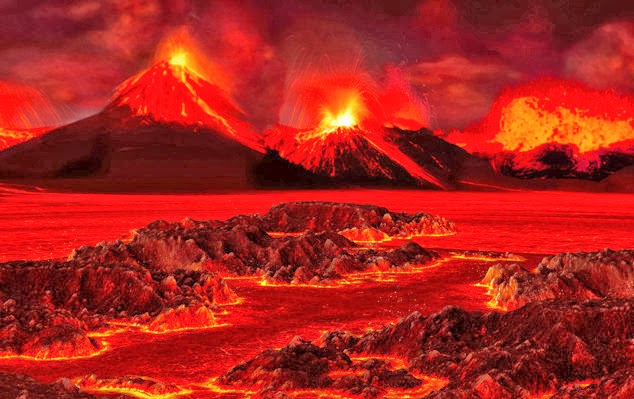Around 252 million years ago life on Earth suffered a major crisis: the greatest mass extinction known.
More than 90% of the species that can be tracked through the fossil record became extinct, the worse effects being in the sea. Whole successful groups of clades disappeared, like the giant sea scorpions which are probably the largest arthropods ever evolved,
Full biodiversity recovery took tens of millions of years and life was dominated by new groups, notably dinosaurs on land.
A recent isotope analysis at MIT on material from China has added startling new information.
It was known that the extinction was relatively quick as judged in evolutionary terms but the new data gives a time period of £60k years (+-48K). Also it was known that the extinction was associated with temperature rise and release of the 'greenhouse gas', CO2, but the new data suggest that the CO2 came as a single spike around 20K years before the start of the extinction and was gone from the atmosphere before it got underway.
The CO2 would have caused runaway global warming and sea surface temperature went up by a colossal 10C, Much of the CO2 would have been absorbed by the oceans acidifying them.
This sort of colossal-fast impact must have had a similarly spectacular trigger and the smoking gun is the Siberian Traps, one of greatest volcanic events ever recorded. This happened at about the same time as the Permian extinction and the next research will concentrate on trying to date the Traps more accurately.
I find this story fascinating, not just because I worked on evolution science but as an SF writer and wargamer.
The dying world lit by volcanic fire of larval flows on a continental scale is a fascinating backdrop.
